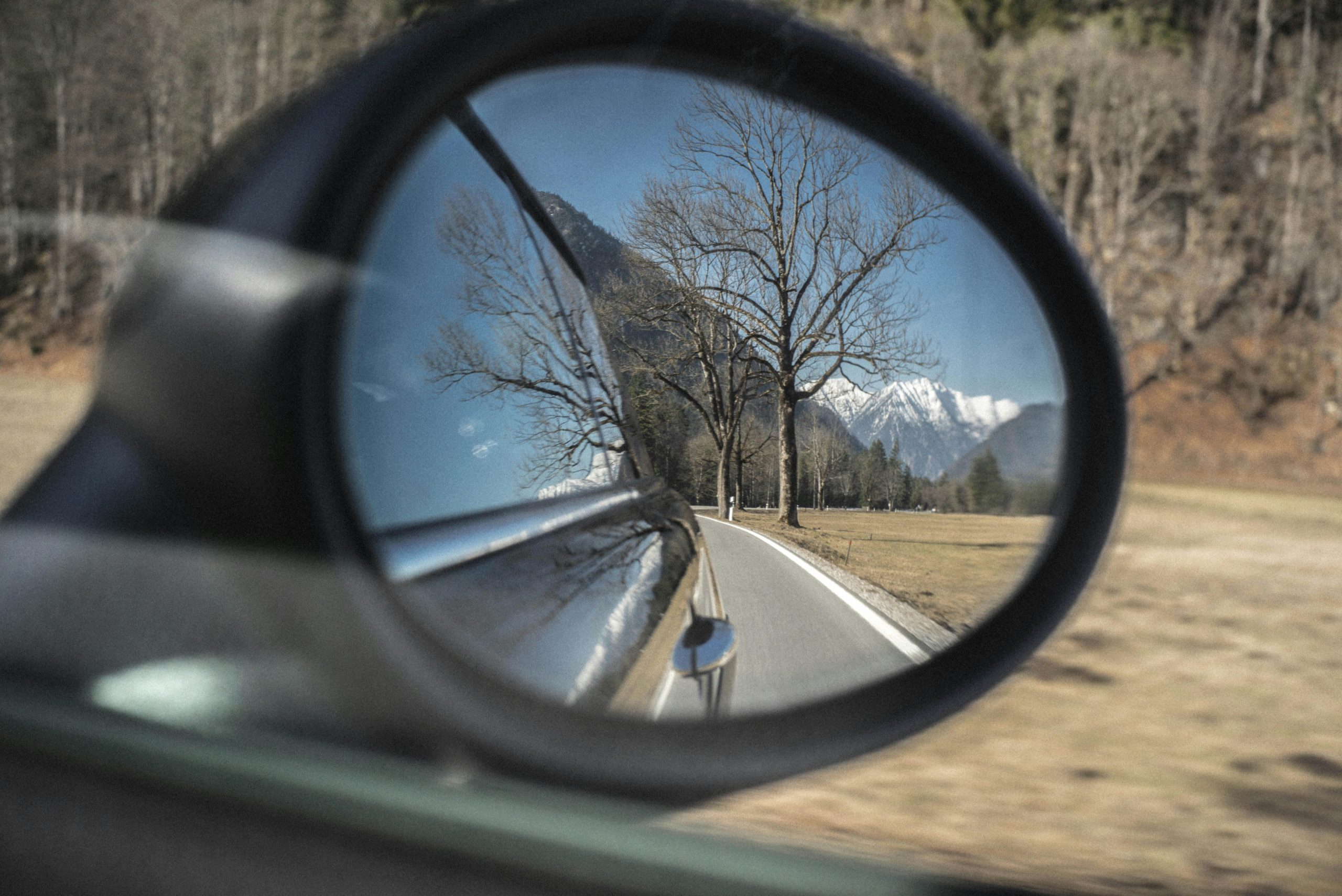The Evolution of Road Trips: From Necessity to Nostalgic Experience
Road trips have been a popular mode of travel for decades, offering a chance to set out on the open road and explore new destinations. However, the perception of road trips has undergone a significant transformation throughout the years. From being a necessary means of transportation to a nostalgic and often sought-after experience, road trips have evolved in more ways than one. In this article, we’ll take a closer look at the evolution of road trips – how they started, why they became popular, and what they mean to people today.
The Early Days
The concept of road trips dates back to the 1920s when the automobile industry began to boom. With the introduction of affordable cars such as the Ford Model T, more and more people could afford to have their own means of transportation. This led to an increased interest in taking long drives and exploring new places. However, road trips were not just about leisure and adventure; they were also a necessary means of travel for people who needed to commute long distances for work or family obligations.
The Rise of the Highway System
In 1956, the Federal Aid Highway Act established the modern Interstate Highway System, connecting cities and states all over the country. It made road trips more accessible and convenient, as travelers no longer had to navigate through local roads and small towns. This marked a turning point in the evolution of road trips, making them more popular and appealing to people from all walks of life.
The Changing Perception of Road Trips
Throughout the 1960s and 1970s, road trips became a symbol of freedom, rebellion, and counterculture. It was during this time that the famous Route 66 gained its iconic status, representing the American dream and the pursuit of adventure. With the rise of popular culture and music, road trips became a way for people to express their individuality and escape the constraints of society.
The Allure of the Great Outdoors
In the 1980s and 1990s, road trips took on a new meaning as people started to embrace a more minimalist and nature-focused lifestyle. Camping, hiking, and outdoor activities became popular among road trippers, who were seeking a break from their fast-paced lives. Driving through scenic routes and camping in remote areas allowed people to disconnect from the world and reconnect with nature.
Road Trips Today
Today, road trips are still a popular mode of travel, but their purpose has changed. They are no longer just a means of transportation; they are a nostalgic experience that people actively seek out. In a world where everything is fast-paced and technology-driven, road trips offer a break from the digital world and a chance to slow down and appreciate the journey.
The Digital Age of Road Tripping
With the rise of social media and travel influencers, road trips have become a form of self-expression and a way to showcase one’s experiences. People now plan their trips around the most Instagrammable locations, creating a desire to share their journey with others. This has also led to an increase in the popularity of RV and van life, where people can travel and work remotely, embracing the road trip lifestyle on a long-term basis.
In Conclusion
The evolution of road trips has taken us on a journey from necessity to a nostalgic experience. From being a practical means of travel to a form of self-expression and a break from our fast-paced lives, road trips have become an integral part of modern travel culture and a symbol of the American spirit. Whether it’s a short weekend getaway or a long cross-country trip, road trips will continue to hold a special place in our hearts and offer a way to discover ourselves and the world around us.











